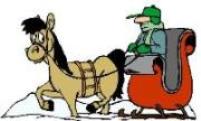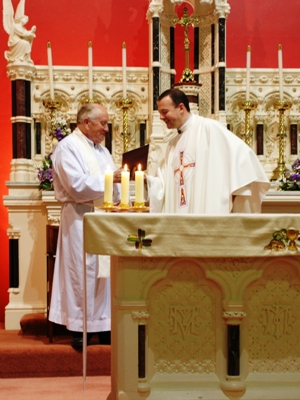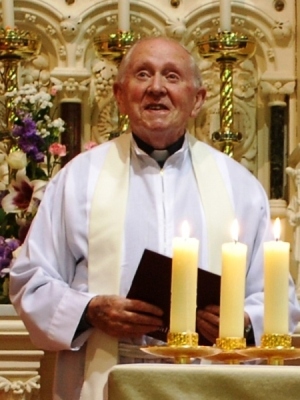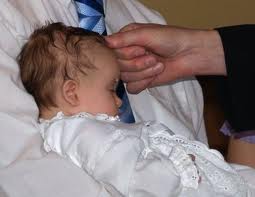Mná na Éireann
“Religion”
Priests
“The priests gave the young people a very hard time for dancing. They chased us out of house dances and dance halls and during the forty days of Lent there was no dancing allowed at all. We were terrified of them. Everything that was enjoyable was a sin and we never questioned it at all. If a lad saw you home he would be lucky to get a kiss. Then you would have to tell that to the priest in confession. Company keeping was a sin of course and, unless it was the intention to get married, it was strictly forbidden. We had lots of boyfriends but we were very innocent.”
Mass
“Mass went on forever. It was all in Latin on the high altar. The priest had his back to the people. Mass was on Sunday morning and, if you were going to Holy Communion, you had to be fasting from midnight the night before – without even a drink of water. After Mass there would be Benediction. By the time you got home you would be fainting with the hunger. I often remember eating blackberries on the way home from Mass, I’d be so hungry. Once a month you had your sodality or confraternity Sunday. Then you had to sit with your own guild under your own banner. The leader of the guild would sign your name as you arrived to make sure that you were present and received Holy Communion.”
“It was a fright to the world that you couldn’t go to the funeral of a Protestant, even if he was your next door neighbour. You’d have to go the bishop to confession if you did. Wasn’t that dreadful? People are very good Christians now and very compassionate. If you reach out to them they will come to you.”
Rosary
|
[ Here is a portion of the Litany of the Blessed Virgin. – Comms Team. ] … |
“The rosary was said in every house at night and the trimmings went on forever. My mother ‘gave out’ the rosary, father gave out the second decade, and the three eldest gave out the next three decades. Mother said the litany of the Blessed Virgin without a stop and then prayed for everyone alive and dead who had any connection with the family. Next came prayers for sick neighbours, the animals, and for fine weather. When the last ‘Amen’ was said we were free to get up off our knees. The prayers that I remember are the prayers my mother taught me. I remember well she wore a black apron, always, and I’d sit on her knee. I must have been about three or four at the time, I think.”
Jesus meek and Jesus mild,
Look on me a little child
Heart of Jesus, I adore thee.
“After the rosary we would always say”,
I shall die, I do not know where or when or how,
But if I die in mortal sin I am lost forever.
Sweet Jesus have mercy on me.
“The funny thing is, I still say the prayers I said as a child after the rosary every night.”
The Stations
[ NB. These stations should not to be confused with the Stations of the Cross. – Comms Team.]
“Now the stations are held in the church, but long ago they were held in each townland. They would be held in spring and autumn. When it was our turn for the station the whole house had to be painted, inside and out and whitewashed. The yard was whitewashed and all the doors and gates painted. New oilcloth was put on the kitchen table and a white tablecloth put on the table that was the altar for Mass down in the room. The Mass was at ten o’clock in the morning with confession for all in the parlour before Mass. After Mass the dues were collected and then there would be a big breakfast in the parlour for the priest and the head of each house in the townland (all men). The women had their breakfast in the kitchen, once the men were served. Of course, the house had to be spotless. You couldn’t have people talking.”

 “Sunday is Confraternity Sunday”. This was an announcement most likely to be made at the main meal on the previous Thursday or Friday when all the family was likely to be assembled. In most cases it was not entirely welcome, especially by the male members. It involved examination of conscience, trying to sort out the deliberate indiscretions, and making excuses where the prevailing situation created doubt as to the seriousness of the offence. Were the circumstances in your favour to make it a venial or the more serious mortal sin? Not conducive to a carefree weekend.
“Sunday is Confraternity Sunday”. This was an announcement most likely to be made at the main meal on the previous Thursday or Friday when all the family was likely to be assembled. In most cases it was not entirely welcome, especially by the male members. It involved examination of conscience, trying to sort out the deliberate indiscretions, and making excuses where the prevailing situation created doubt as to the seriousness of the offence. Were the circumstances in your favour to make it a venial or the more serious mortal sin? Not conducive to a carefree weekend. Having been shrived, you recited your penance and went out the door like a shot. It was notable that confraternity members made an effort to refrain from uttering the usual expletives at least until after Sunday. Sunday morning was a trial, going about the usual routine on an empty stomach, portraying your best devout poise as if you were enjoying it. The church sported the banners denoting the different guilds, i.e., Sacred Heart, St. Joseph. The females on the left side approached the altar first for Holy Communion and then the males on the right. There was always the few hard men who didn’t conform to confraternity discipline. They tended to throw cold water on what they oft called “the holy Joes”.
Having been shrived, you recited your penance and went out the door like a shot. It was notable that confraternity members made an effort to refrain from uttering the usual expletives at least until after Sunday. Sunday morning was a trial, going about the usual routine on an empty stomach, portraying your best devout poise as if you were enjoying it. The church sported the banners denoting the different guilds, i.e., Sacred Heart, St. Joseph. The females on the left side approached the altar first for Holy Communion and then the males on the right. There was always the few hard men who didn’t conform to confraternity discipline. They tended to throw cold water on what they oft called “the holy Joes”. This is the name of an article by Mrs. Rita Byrne in the book Fenor 2010 – Growing and Changing. Eight women shared their experiences with Rita who recorded the conversations on an old-fashioned “steam tape cassette” and transcribed them for the book. Isn’t it what we all say we should do when we meet with the older generation and get them talking? But we don’t do it and the memories are lost for ever.
This is the name of an article by Mrs. Rita Byrne in the book Fenor 2010 – Growing and Changing. Eight women shared their experiences with Rita who recorded the conversations on an old-fashioned “steam tape cassette” and transcribed them for the book. Isn’t it what we all say we should do when we meet with the older generation and get them talking? But we don’t do it and the memories are lost for ever.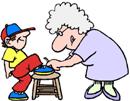
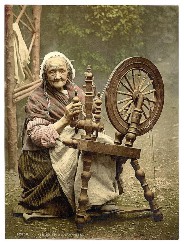
 Newsletters
Newsletters